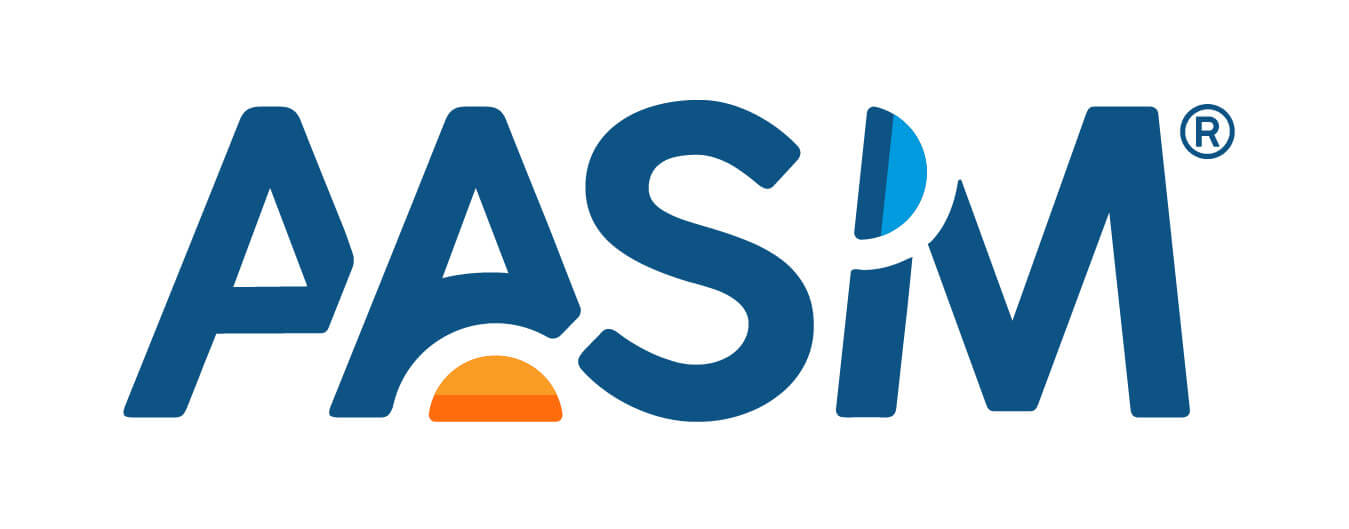Understand how physicians who are identified by the Medicare program as non-participating may still provide care for Medicare beneficiaries and receive payment by the program. Learn how Medicare sets different payment levels for services provided by participating and non-participating physicians.
The downside to being a non-participating physician is that the maximum Medicare payment amount is set at 95% of the amount paid for the same service when furnished by a participating physician. The positive aspect of non-participation is the ability to bill above the RVS amount. While balance billing does increase a non-participating physician’s total payment, it is limited to 115% of the allowed amount. Consider the following chart:
| RVS Participating Allowed Amount | $100 | $500 | $800 |
| Medicare Payment | 80 | 400 | 640 |
| Participating coinsurance | 20 | 100 | 160 |
| Balance Billing Amount | 0 | 0 | 0 |
| Maximum Participating Payment | $100 | $500 | $800 |
| RVS Non-Participating Allowed Amount | $95 | $475 | $760 |
| Medicare Payment | 76 | 380 | 608 |
| Non-Participating coinsurance | 19 | 95 | 152 |
| Balance Billing Amount | 14.25 | 71.25 | 114 |
| Maximum Non-Participating Payment | $109.25 | $546.25 | $874 |
Most claims for physician services are submitted on an assigned basis, and participating physicians submit the vast majority of these claims.








